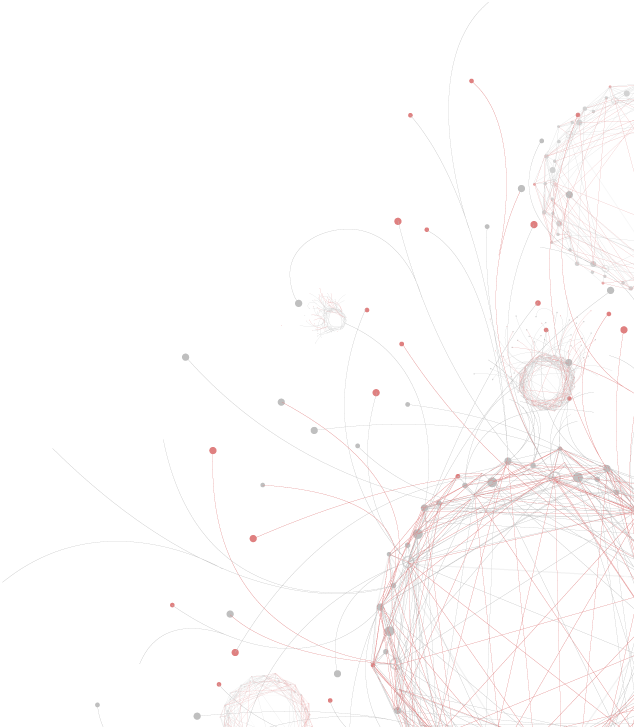The Spatial History Project at Stanford University is a place for a collaborative community of scholars to engage in creative spatial, textual and visual analysis to further research in the humanities.
Our team is comprised of a diverse group of principal investigators, staff, research assistants, affiliates, and collaborators. Tenured faculty, visiting scholars, and exceptional advanced graduate students serve as principal investigators who conceive of original inquiries, direct the research agendas, and mentor research assistants. Undergraduate and post baccalaureate research assistants participate in an interdependent relationship with their PI, where they not only help produce results but are also encouraged to challenge assumptions and develop their own research questions within a project’s scope. Graduate students who participate in our community as lab affiliates make use of the lab’s technology, resources, and staff expertise for their own research as well as advise research assistants, present “tech talks,” and serve on peer-review committees. A small team of multi-talented professional staff support this research environment, by serving teaching, research, and production roles within their areas of technical, management, and research expertise. Beyond the physical lab environment we also participate in a number of national and international partnerships and collaborations with fellow scholars.
Our projects operate outside of normal historical practice in five ways: they are collaborative, use visualization, depend on the use of computers, are open-ended, and have a conceptual focus on space. Our lab structure and culture is specifically designed to support the iterative nature of the spatial history research process where new questions and opportunities for further exploration frequently arise. We promote creative thinking and problem solving on the technical, conceptual, and intellectual challenges – from applying existing technology in new ways to developing custom tools and solutions. Our process begins by outlining initial research goals and objectives, and gathering and digitizing relevant data from archives, libraries, and organizations. We organize our data in geospatial databases to better facilitate the integration of spatial and nonspatial data, and then use visual analysis to help identify patterns and anomalies. Many of our visualizations are experimental and only a few eventually become final products. We embrace visualization as a way not simply to illustrate conclusions, but a means of doing research.
Our publications are the primary direct means by which we intend to impact the discipline. We produce high quality, co-authored, peer-reviewed scholarship for publication in both traditional journals and experimental mediums. Throughout our research processes we also identify opportunities to develop spatial history resources including tutorials for common tasks and specific project methodologies. These materials are integrated into our orientations for new research assistants, utilized in our annual spatial history graduate seminar course, and shared with fellow spatial scholars. All that we create — including tools, data, and lessons learned — is intended for the scholarly commons to be added to, subtracted from, reworked, and recombined.


